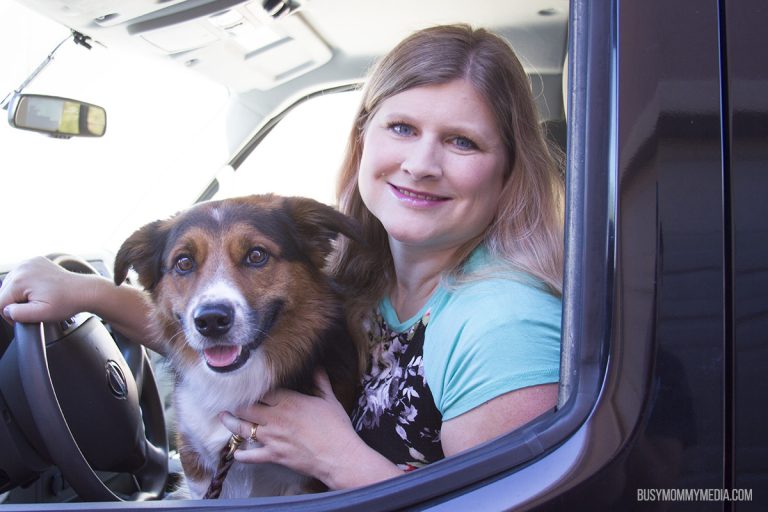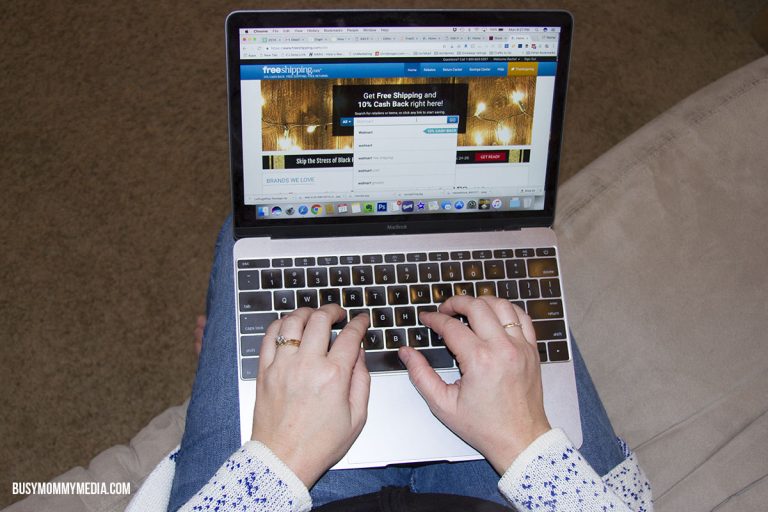Choosing a Digital Camera
 I have been a photographer for over sixteen years. During this time, I have used 35mm and medium format film cameras as well as digital cameras. I have owned many brands, including Canon, Nikon, Minolta, Olympus, Kodak. One benefit of this experience is a certain expertise when shopping for a new camera. I have learned what I want and need in a camera, as well as what to avoid. However, for people without similar experience in photography can find that making a decision on the right camera can be difficult.
I have been a photographer for over sixteen years. During this time, I have used 35mm and medium format film cameras as well as digital cameras. I have owned many brands, including Canon, Nikon, Minolta, Olympus, Kodak. One benefit of this experience is a certain expertise when shopping for a new camera. I have learned what I want and need in a camera, as well as what to avoid. However, for people without similar experience in photography can find that making a decision on the right camera can be difficult.
I walked into a local consumer electronics store and was overwhelmed by the number of different cameras on display. There were over 40 different individual camera choices spanning eight different brands. Features varied from camera to camera, and prices ranged from $70 all the way to $1600. How is someone unfamiliar with cameras, and the technology in general, expected to be able to make the right choice?
I am going to explain a couple of the key features that you need to understand. With this information you will better be able to walk into an electronics store, or begin online shopping, without feeling unprepared to make the decision on which camera is right for you.
Megapixels
A great place to start is with Megapixels. Every image captured with a digital camera is made up of thousands of tiny dots known as pixels. 1 megapixel is one million pixels, 8 megapixels is 8 million pixels and so on. The number of megapixels a camera supports represents the maximum number of pixels that and image captured by that camera can contain and the more pixels in your image, the more detail you preserve. So, when it comes to megapixels, more is better right? Not necessarily. Eight years ago, when I was shooting on my 4 megapixel camera, I was easily able to enlarge my images up to 16×20 without noticeable degrading the visual quality of the image. With today’s technology, when you are trying to decide between an 8, 10 and 12 megapixel camera, don’t get hung up on having the most megapixels possible. Think about how large you intend the resulting images to be. If you are not going to be blowing up your images to poster sized prints or larger, you can give up those 2 or 4 million pixels for a less expensive camera in favor of other features or even look into older camera with even lower megapixels and save a lot of money.
Zoom – Optical vs. Digital
Different zoom types are another aspect of digital cameras that can be confusing. When you are looking at the features of cameras, you will commonly find two different zoom types: digital zoom and optical zoom. For example a camera may list 3x optical zoom and 8x digital zoom. Digital zoom is similar to the effect you get when using computer software to ‘crop’ an image. You get a closer image, but you loose resolution. Optical zoom only uses the actual optics of the camera lens and allows you to take a closer image without loosing the resolution, just like if you were to step closer to your subject with your camera. For most people, optical zoom is the important feature. That doesn’t mean you would never use a higher digital zoom, but, don’t be too taken in with a high digital zoom, you may be disappointed later.
This is an example of an image taken with a digital camera using the optical zoom and one using the digital zoom.


SHUTTER DELAY
Another important feature of some digital cameras is shutter delay. Have you ever picked up a camera, had your child all smiley and cute, press the shutter button and…. one…. two…. three… “CLICK”! Now your child is half way across the room with jelly on their face and the moment is gone. This is what you get with shutter delay. If you find a relatively cheap camera with a high megapixel count, be sure to find out if there is any shutter delay. Though manufactures are getting better, it’s hard to find a really inexpensive camera that doesn’t also include a shutter delay. I recommend going to the store, Best Buy, Sears, Wal-Mart or whatever is close to you with a camera display. Find one with working floor models that allow you to take test images and play around a bit with the cameras they sell. You don’t have to buy it at that store, but take the time test the camera and make sure it is what you are looking for. You can decide later where you want to purchase your camera once you have found a make and model that feels right.


More, More, More!
In addition to megapixels, zoom lenses and shutter delays, there are many features to look for which are strictly your preference. I will go over a few of the most common just to give you an idea of what your options are, but from here, it’s totally what you what from your camera.
Camera size– Do you want a slim camera for your pocket or purse, or a larger camera like a full SLR or maybe something in between? Something with the functionality of acting like a point and shoot, but with the options similar to the SLR just not quite as bulky.
Batteries– You will find that a lot of cameras today have rechargeable batteries that come with the camera, but you will still find one that only work on double, or triple A’s. Digital cameras are battery drains especially if you use your LCD screen a lot. If you don’t want to spend a mint on batteries, consider getting one with a rechargeable battery, or, investing in an over the counter rechargeable double/triple A unit.
Video– Do you want to shoot occasional video with your still camera? Or use the video function a lot? This is another great area where testing cameras in person will help you decide. Some video functions leave a lot to be desired as far as quality goes, but then, if you aren’t going to use it a lot, it may not be an issue for you.
User Control– There are additional features on many cameras now that let you change your camera’s settings according to what you are going to shoot.
- Sports mode for fast movement.
- Macro mode for getting really close up.
- Landscape mode for taking pictures of the great outdoors.
- Portrait mode idea for taking pictures of just people.
In addition you can find some point and shoot cameras that give you control over your cameras manual settings as well, like aperture, shutter speed and ISO (“film” speed). Just about any SLR camera will give you these advanced options. It’s all about how simple, or technical, you want your camera to be, but even the fancier cameras will have simple auto modes if all you want to do is point and click.
Brand– For me, this is also a big issue. When I make a decision like this I am never one to go with a brand I do not know or trust. If it is a new, unknown or off market brand I would tend to avoid it. Though I have my personal favorites, any major brand, Canon, Nikon, Kodak, Sony, Olympus, Fuji, Pentax, Samsung…. (I could go on), are going to be more or less reliable and stand behind their products. I think it’s hard to go wrong if you stick with someone reputable. Though different brands feel different in your hands, it is one more reason to go in someplace and test them personally before making a final decision.
Just remember, it’s about finding the right camera for your needs and not what is “latest and greatest” (or most expensive). Take some time and do your research. Consicer megapixels, zoom, shutter speed, and other preferences before making your decision. Actually trying the cameras out at a local electronics store can help you decide on the right camera for you.




I was so confused the first time I bought a digital camera. I had a hard time making the conversion to film. I wish I would have had this information back then!
Awesome information Brekke! I’ll be forwarding this to a couple of friends of mine to read- they are looking for cameras and you articulated it very well 🙂